Communication and conflict management for Rural Facilitators
ABSTRACT
In this chapter, the rural facilitators get information on the elements of communication and conflict management techniques. The facilitator works mostly in groups with different people. To create working groups and working in teams is more than necessary, it is a must if we are looking for a successful democratic operation in a community. The facilitator plays a very important role in moderating and leading the organization of network building. He has got the survival of the chain in his hands.
KEYWORDS
communication, active listening, effective communication, conflict resolution, conflict management
LEARNING OBJECTIVES
After completion of this module, the learner will know the basic elements of communication and possible reasons for a failing communication. In the work of the SFSC animator’s communication is crucial, the useful tips provided in this chapter, more effective communication could be achieved, these tips can be spread amongst farmers. The DISC behaviour assessment tool is briefly presented in this chapter (the types: D-Dominance, I-Influence, S-Steadiness, and C-Conscientiousness), the 4 basic behaviour types help to categorize and manage the people around the animators, it can be used both in communication and in conflicting situations. The second part focuses on conflict management, discovering 5 main conflict resolution strategies, and providing tips for more effective treatment of conflicts. These can help in everyday situations or could be passed to the farmers.
- What is communication;
- Different elements of the communication process;
- Different types of communication;
- How to improve the communication process in an organization;
- What is effective communication;
- How to improve your skills for effective communication;
- What is listening and how to promote active listening;
- How moderate a conflict.
Introduction to Communication
The ability to communicate is one of our most important skills as a human. It is of common understanding that communication at all levels in life and in all ages is one of the key competencies. It is vital for sharing any kind of information, and to understand the information shared with us. Communication at its core is all about passing information from one place to another. We communicate with colleagues, with members of SFSC, with customers, with providers. Good communication skills are mandatory for effective management.
We all have realized several times in our lives that it is not so easy to pass on a relatively ordinary task to someone who does not, or does not exactly understand the concept we have in our mind. You are likely to recall from your own lives, cases in which a misunderstanding — that is, a misinterpretation of a concept, word, or saying — has caused difficulties.
What makes us think the other party understands exactly what we say?
How can we make sure that what we say is really “on target”, and the other party understands what we want to say (communicate)? These are the important and fundamental issues in everyday communication.
Before you despair that if you may have made mistakes in communication, we have good news for you; one’s communication can be developed. It is worth having a go in the development of communication as it brings relief in all areas of life.
Communication Process
Everyday conversations, texting, writing emails, business meetings, reading newspaper articles are all communication processes. Although it may seem simple, the process of communication is quite complex and has several aspects, components. According to a definition, communication is
“a process by which information is exchanged between individuals through a common system of symbols, signs, or behaviour”. (Merriam-Webster.com, 2020)
Communication itself is a two-way process where a sender and a receiver convey messages to reach a common understanding. Messages could be thoughts, opinions, ideas, feelings, commands, requests, etc. Any time two or more people are exchanging messages, they are engaging in this basic communication process.
Communication Process Definition
„The term communication process refers to the exchange of information (a message) between two or more people. For communication to succeed, both parties must be able to exchange information and understand each other. If the flow of information is blocked for some reason or the parties cannot make themselves understood, then communication fails.” (Nordquist, 2020)
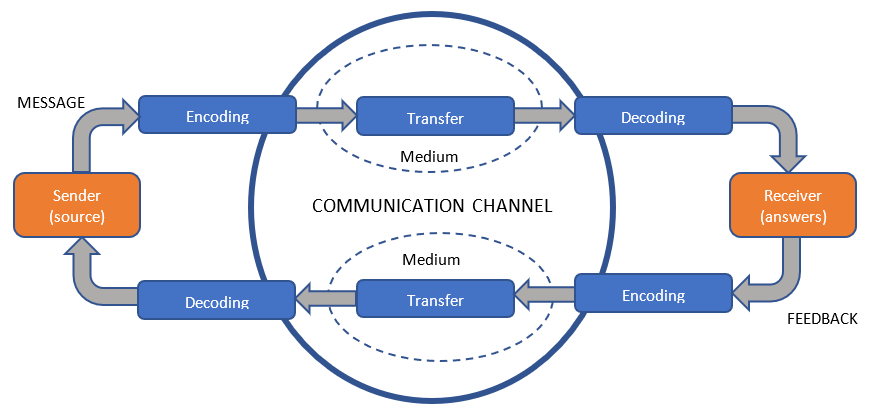
Figure 23 SEQ Figure / ARABIC 23 The Process of Communication. Source: Deák, Csaba Dr. (2014).
Sender
The sender (communicator/source) is the party who intends to transmit some sort of a message to others. To have successful communication, the sender first must encode his/her message in a form that is mutually understood, such as common language, and then pass it on.
Example: A local suburban municipality decides to start a market for small farmers in the area on Saturday morning in the main square of the settlement. The municipality wants to spread the information to have sellers on the market, the municipality is the sender/source in the following communication process example. A good and bad example will be shown on how this municipality can manage this situation.
Encoding
In the encoding process, the sender uses words (or non-verbal methods like body gestures in some cases) to form a message from the information he/she intends to share. The success of the messages partially depends on the skills and competencies of the sender.
|
Bad example The municipality writes a short information sheet full of legal terms, and with references to regulations, and places it only on their website. The text is hard to understand for everybody who is not a lawyer, with no highlights, no pictures, just plain text, no contact number. |
Good example The call for sellers is written in simple, understandable language, the main points are highlighted, some nice drawings/pictures are added. The poster is nice and understandable, with the pictures in the eyes. A contact telephone number is given for more information. |
Communication channel
The communication channel or medium is the form the sender chooses to pass information through. The channels could be oral, written, or visual. For example, the medium of text messages is cell phones. The effectiveness of different channels varies depending on the characteristics of the communication. Oral channels are good when you need feedback immediately, but for addressing a larger pool of people, written channels might prevail. However, using both written and oral cases in some instances could amplify each other.
|
Bad example The information is only placed on the municipality’s website, nowhere else. They don’t put it to social media or any other communication channel, they use only one single communication channel, the website. |
Good example The poster with the call for sellers is placed on their website, in social media groups and pages, and put the poster in paper form on several advertising surfaces in the streets. The municipality also contacted the local SFSC animator and some other local organizations and asked them to spread the market possibility amongst farmers in the settlement and the neighbouring settlements. They used several and various communication channels, they also focused on personal communication through SFSC animator – word-of-mouth communication is very important. |
Receiver
The receiver (interpreter) is the person to whom the message is addressed to. To achieve the communication’s common goal, the receiver party must be able to understand the message by first decoding it.
|
Bad example The municipality’s website is not frequently visited, only 3 people have seen the information about the market who were not farmers. Only one of them was able to understand the legal text, but he was not interested in the local market. Finally, the message did not reach anybody who would have been interested in the market. |
Good example A nice group of local neighboring farmers have heard about the market and understood the practical details because of the various communication channels, the clear message, and word-of-mouth communication. The SFSC animator was able to involve them, finally, about a dozen sellers reserved a table in the market, and another 5-10 farmers are thinking about it, maybe joining later. A group of receivers did arise in this example. |
Message
The message is the information the sender intends to share. The message can be verbal, non-verbal, written, or symbolic. Body gestures, nods, yawns, or even silence could be a message. Any signal that elicits a response from an interpreter can be considered a message.
|
Bad example The message in the bad example was difficult to understand (legal terms, references to regulations), therefore it has almost failed as a message. |
Good example The message(s) in the good example was understandable and attention-grabbing, the effect was multiplied by placing it at several sites. By including personal communication with the SFSC animator, another message was also used in this example. |
Noise
The so-called ‘noise’ in the communication channel can also interfere with the transmission and reception of the message. We interpret noise as any factor that interferes with the transmission of the message, and as a consequence, it disturbs the process of communication, destroys understanding, and in some extreme cases makes communication inefficient or impossible.
|
Bad example The noises in the online world made the communication process ineffective (too many inputs for the readers, the municipality website is not frequently visited, interested people were not reached because of the noises and other mistakes in the communication process.). |
Good example Noises were minimized through the several channels of communication the municipality used. The possibility to ask was also a good way to minimize the noise in the communication process, asking, clarifying is a good opportunity to minimize noise and get the real message. |
Feedback
Feedback is the final component of communication. It ensures that the message reached the receiver and he/she could successfully comprehend it as it was intended. Feedback is crucial for the sender to acknowledge that the transmission of the message has been successful.
|
Bad example No feedback was in the bad example, nobody has reserved a table for the market. The communication has failed in the bad example. |
Good example A dozen sellers who reserved a table for the market and the other 5-10 farmers who were thinking about it are all signs of feedback. Some of them called the municipality on the telephone to clarify details, others did ask the SFSC animator – feedback was present in several forms in the good example. |
Filters
The encoding and decoding process is influenced by the encoder/decoder person’s filter. One’s filter includes culture, subculture, experience, family norms, education, beliefs and expectations, fears, emotional status, etc. – a wide range of personal background and present condition. The same message through different filters may end up having opposite meanings.
“Studies have shown that we tend to give people more benefit of the doubt when we’re in a good mood and less when we’re in a bad mood. When we’re in a bad mood we are more likely to perceive whatever, our partner says or does more negatively no matter how positive he/she is trying to be.
We all have filters; become aware of yours.” (Greenleaf Counseling Service (2016))
|
Bad example To use legal terms in a message for farmers is a bad example for filters, this was one of the reasons why the communication has failed in this example. |
Good example The appropriate form of the message (simple, understandable language, main points highlighted, nice drawings/pictures) was one feature of the success, it considered the background of the farmers. By contacting the farmers personally by animator(s) was the other part of the success, fears and bad experiences could be avoided by this. |
Types of Communication
There are multiple ways of communication. Distinct situations require different methods of communication. The success of communication heavily relies on choosing the appropriate way to communicate. Most sources distinguish four types of communication, which are the followings: verbal, nonverbal, written, and visual:
Verbal communication
The act of speaking, using spoken words with meaning associated with them to share information is considered as verbal communication.
Nonverbal communication
Nonverbal communication is everything else we do while we are speaking. Body posture, physical interactions, facial expressions, both our intentional and unintentional behaviour while communicating counts as nonverbal communication. Understanding people's nonverbal communication brings us closer to a greater understanding of what they are communicating.
It is important to know that based on studies, in communication the words themselves are giving only approx. 7-8% of the message/meaning, another 38% is coming from voice and tone, and the rest is body language, - nonverbal and metacommunication. The same study also states that facial components count at 60% and vocal components at 40% when determining a person’s attitude.
To sum up verbal and nonverbal communication: the words themselves may have less impact than the signs of metacommunication, and nonverbal communication plays an important role in communication.
Written communication
Written communication is writing on typing symbols with associated meaning (like letters) to transmit a message. A letter, an email, a text, or any other form of written communication serves the purpose of disseminating information.
Visual communication
Using photographs, art, visual tools like graphs or charts, are all part of visual communication. As people share pictures on social media, advertisers use images to sell products and ideas, visual communication has many occurrences.
An effective visual & verbal communication method: infographics
The use of infographics is a combination of visual and verbal communication and an efficient way of communication. Through this easily decodable method, we can quickly deliver important messages, especially in today’s fast-paced and ever-accelerating world.
Effective Communication
„Effective communication is a process of exchanging ideas, thoughts, knowledge, and information such that the purpose or intention is fulfilled in the best possible manner. In simple words, it is nothing but the presentation of views by the sender in a way best understood by the receiver.” (Prachi M. Effective Communication (2018))
The information in a message is not enough by itself, it must meet a purpose. The message has to be complete, clear, and easily understandable to keep its meaningfulness. A precise message can facilitate the desired interpretation.
Communication Skills That Facilitate Effective Communication
Conscious communication and the usage of communication skills can help to raise the overall quality and effectiveness of the ongoing communication.
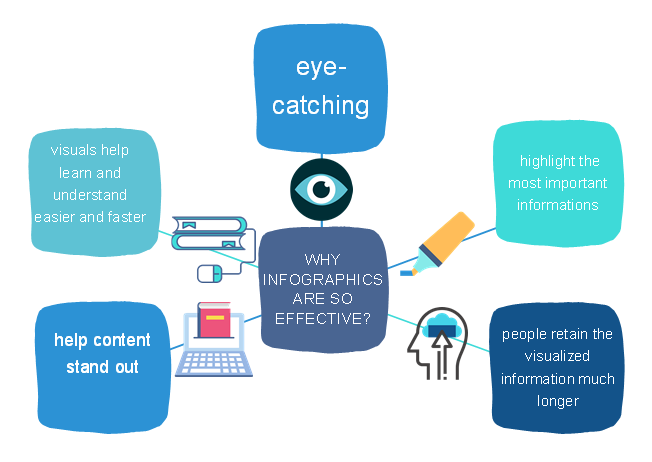
Figure 24 Why Infographics? Source: Rural Facilitator Project, Kislépték (2021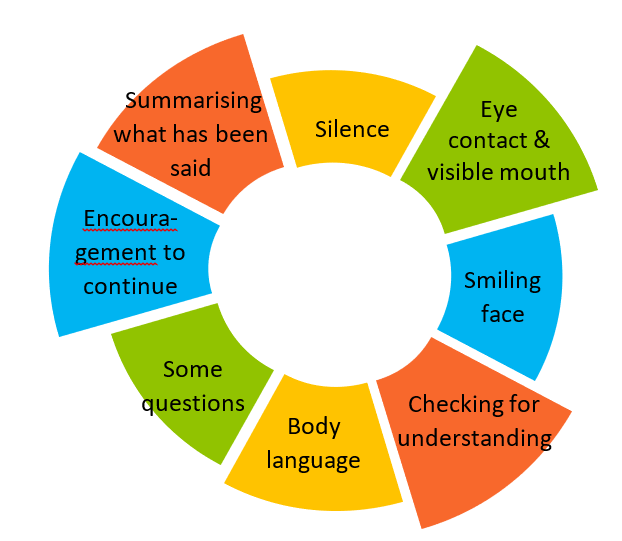
Figure 25 Effective Communication Skills. Source: Raiha Malik (2019).
These features are shown in the figure above facilitate effective communication:
|
Verbal and nonverbal communication skills |
Attitude and feedback communication skills |
|
body language eye-contact and visible mouth, smiling face, silence, |
checking for understanding, summarising what has been said, encouragement to continue, some questions. |
How to Improve Your Communication Skills - Tips
Here you can find some useful tips to improve your communication skills:
Think before talking: Having a clear idea of the information you are transmitting will help you in presenting a well-structured and trustworthy message.
Be honest: Honesty is the most important factor when communicating with others. It helps you create a bond with the other person and at the same time will help you in gaining the respect and admiration of the receiver.
Practice active listening: Effective communication is not only the way we communicate with others – it also includes the way we listen to them.
Ask questions: To have a better understanding of the topic of discussion, you need to ask questions.
Watch your body language: Body language is as important as any other type of communication.
Don’t judge: Pretty simple – don’t do to others what you don’t like done to you. Describe the situation instead of judging others.
Provide constructive criticism: If you feel like you need to criticize other people, make sure you use constructive criticism.
Express your emotions and personality instead of hiding behind rigidity and impersonal expressions.
Use “I”, the first person instead of general statements or blaming others. “I-message” or “I-statement” is a statement about the feelings, beliefs, values, etc. of the person speaking.
Be yourself: To successfully communicate with others you have to show them who you are.
The DISC Model
So far, there has been a theoretical background and practical suggestions for communication. In the following part, we show the basics of DISC, a commonly used behaviour assessment tool:
“DISC is a behaviour assessment tool based on the DISC theory of psychologist William Moulton Marston, which centres on four different personality traits which are currently Dominance (D), Influence (I), Steadiness (S), and Conscientiousness (C). This theory was then developed into a behavioural assessment tool by industrial psychologist Walter Vernon Clarke.”)
Nowadays it is one of the favourite tests/models of HR consultants, companies, it is widely used in different areas, such as improving communication skills, developing teamwork, or promoting leadership.
Before we immerse in the details of the DISC model, it’s important to know that the 4 style is not good or not bad, just the way people are, all styles have characteristics that are regarded positive or negative in different situations.
The test classifies people into 4 types. It is important to know that the “pure” type is very rare, in most cases a mixed type is relevant.
As a Short Food Supply Chain animator your most important task is to discover the Dominant behaviour style and make sure that the “Red” behaviour is not over dominating the other parties in the conflict. 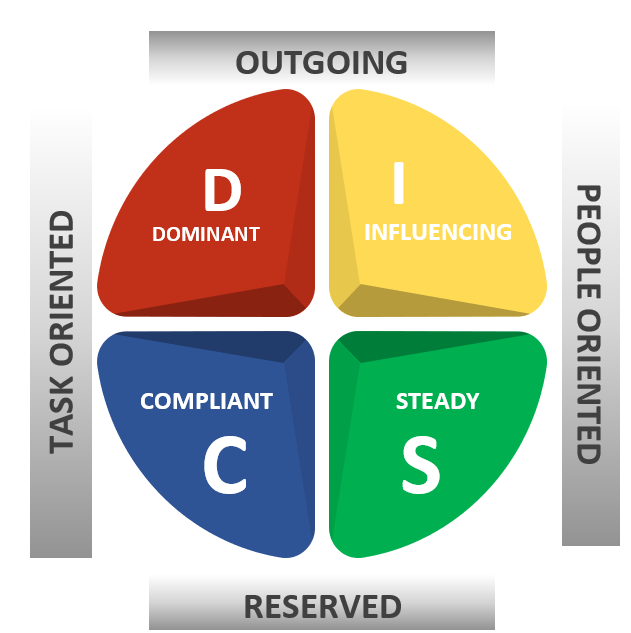
Figure 26 SEQ Figure / ARABIC 26 DISC Styles, based on The John Maxwell Team (2020).
Typically, 2 dominant styles appear in the examined person.
Regarding the possible adaptation to other types, there are two main rules in the practical application:
- it is relatively easier to adapt to neighbouring types (ie. red to blue and yellow), and
- it is much more difficult to adapt to opposite types (ie. red to green and vice versa, or yellow to blue and vice versa)
However, you should not be afraid of this at all. Why? From these 2 important reasons:
- communication can be learned and developed - it is worth getting involved! The result is first and foremost a matter of determination and then it is the only practice that will get you to success.
- better and more effective communication is not through a total adaptation to the partner’s (communication) style, the communication partner does not expect it. We just need to change some of our communication manners towards the partner’s manner. We do not yet know exactly why, but this “step towards” is already being perceived by our partner, and communication is becoming easier and more efficient.
Main characteristics of the four different styles:
|
RED (DOMINANT) + prefers to lead + risk-taker + self-confident + result-oriented - argumentative - strong-willed - oversteps authority |
YELLOW (INFLUENCING) + optimistic + emotional + dynamic + creative - not good with details - impulsive - superficial |
|
BLUE (COMPLIANT/ CONSCIENTIOUS) + precise, accurate + detail-oriented + think analytically and systematically + completes the task - avoids conflicts - lost in details - fear criticism |
GREEN (STEADY) + team player + stable, predictable, even-tempered + strive for consensus + listens well - change-adoption is slow - avoids conflicts - sensitive to criticism |
Figure 27 DISC Styles, based on PeopleKeys (2020).
Conflict Management
Let’s start with some quotes on conflicts:
“The existence of two opposing views already provides a common ground. The better we get to know the collision surface, the better the chances of resolving the conflict.” )
“Peace is not a lack of conflict, but the ability to deal with conflict.” ( r)
What is a conflict?
The word conflict comes from the Latin word confligo, which means collision. Because it has entered the historical consciousness as an unpleasant event, conflict is often associated today with negative interpretations, feelings, and undesirable events.
The parties of the conflict never decide their actions based on the real picture: the decision is always based on the perception of how they see the situation and the other party themselves. A common approach in the literature on negotiation techniques states that negotiation is an opportunity for a peaceful settlement of conflicts.
There are several strategies for resolving conflicts, the following categorization focuses on the winner-loser aspect:
- Winner - Loser strategy:
- Both sides strive for victory;
Because one party wants to defeat the other, they pay less attention to the original purpose;
The losing party may even seek revenge, his loss is not final, he usually returns after gathering strength, which can lead to deepening the conflict.
Loser - Loser strategy:
Neither party achieves its goal, but they can reach an agreement by compromise. However, a deal is not a real result, so it is a loser-loser strategy. Loss of trust and discouragement after the conflict is common.
Winner – Winner strategy:
Usually, both parties get more than they imagined; this entails a strengthening of trust.
In this case, the parties do not necessarily achieve their original goal, but they find a solution that is right for both parties, so they may feel victorious.
How to behave in a conflict situation? What can be expedient? Tips, advice in conflicts:
|
Seek to |
To avoid |
|
Keep calm Active listening Respectful language Differentiate the problem from the person Focus your attention on the problem Defend your interest with respect to others in the conflict Apologise if needed Propose solutions Look for agreement and respect it when it is found Take enough time Arrange a proper room or place to meet |
Insult others Threaten others Accuse the other party Despise/Ridicule Judge others, making judgments Focus only on your point of view Generalize, making general statements Restrain from different topics other than the actual conflict Hit each other (of course not) |
The process of conflict resolution is based on several stages, keeping the following steps can lead to a solution where all involved parties have the opportunity to express their point of view.
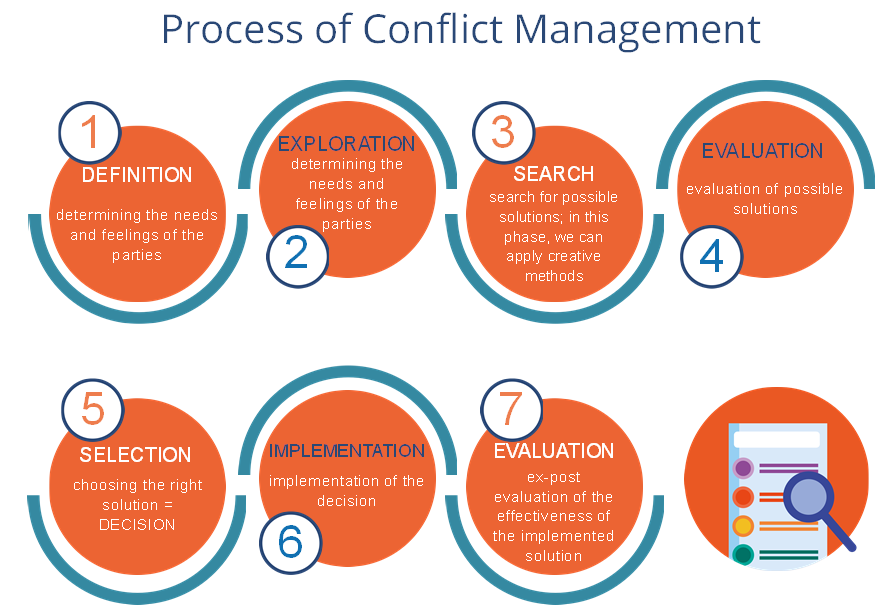 Figure 28 The Process of Conflict Management. Based on: Budavári-Takács, Ildikó Dr. (2011).
Figure 28 The Process of Conflict Management. Based on: Budavári-Takács, Ildikó Dr. (2011).
Let's look at some ideas - thought-provoking - for two specific situations:
Example
The situation in brief: One of the producers does not deliver the usual, expected quality goods to the community producer's shop (the product is processed and the taste is not usual).
Definition: Buyers give feedback, in fact, there are those who bring the goods back. The store manager also tastes the product and he also finds that it is certainly not the usual high quality.
Tip: since not everyone involved in this situation is present, there is time to think further! Let's do it!
We thank our customers for their trust! It is important to know that complaining to most people is not easy at all!
Exploration: In this case, the perspectives of both the buyers, the store, and the producer must be considered. Needs: Customers must be satisfied; the store retains its customer base. Supplier satisfaction is also important - but the result of their work (their product) should serve customer satisfaction. Customers and business: can be disappointed, frustrated, we don’t know about the producer’s side until we ask.
Tip: Contact the producer personally or call him/her and talk about what happened. If necessary, (s)he must also taste the product.
By phone: „Dear X, do you know that the latest shipment does not taste as usual? Some buyers unfortunately complained…”
Search: In such a situation, an immediate and a long-term solution must be also considered.
Immediate: complainants receive some form of compensation; the goods on the shelf can be taken off if the quality is so poor, or a discount can be given in case of less poor quality.
Longer-term: the producer must be able to deliver in the usual quality - there are many possible solutions for this. For example, in the next period, we take a sample from each shipment.
Tip: We ask complaining customers, what can we do for their satisfaction? (Many people will not answer this question, give them some discount or gift as well.)
We ask the supplier what solution he sees for avoiding such problems in the future? (You'll probably have a suggestion we didn't even think of.)
Evaluation: For both customers and suppliers, we think through what they said and what we thought, and - for example - rank them in order of solvability or simplicity.
In this example, this step can be done in consultation with stakeholders, or the store may consider the options on its own.
Selection: In this phase, it is worth consulting and talking to those involved. With customers, this can be done either at the same time as the complaint, or in a later phone call, or even during the next purchase.
Tip: people love to choose! So it can be good for buyers e.g. offer to refund the price of the product or choose another product of similar value.
The solution with the supplier is a conciliation meeting (this can also be done by phone, considering the options.)
Implementation: We will do what we have agreed.
Evaluation: In our example, e.g. a few more times do we ask the complaining customers if everything has been okay since then?
Ask for regular feedback on the supplier’s product from the customers. In case of newer problems, we can even think about whether it is worthwhile to continue working with the given supplier (producer), or what training is needed for the supplier to avoid further problems?
If we think through these steps and use the basics of communication (communication according to personality, style; understanding attention - ie. active, empathic listening) effectively, sooner or later we will not be afraid of conflicts.
There is another famous model on conflict management: Thomas - Kilmann's model of conflict management. This can also help to understand the way people manage conflicts and enable parties to apply the right strategy accordingly.
The 5 typical conflict management strategies identified by the authors are the following:
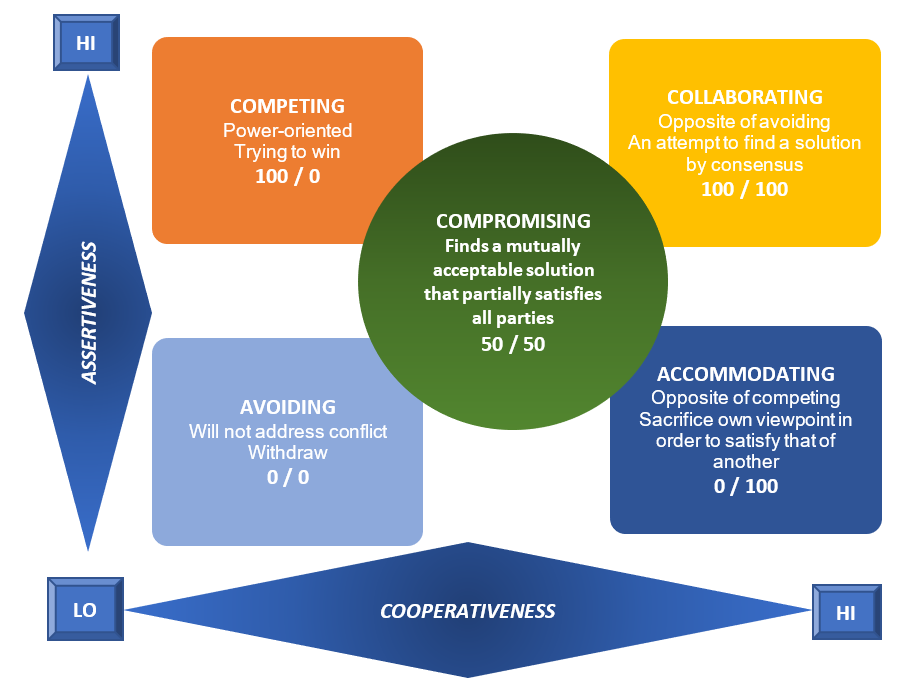
Figure 29 SEQ Figure / ARABIC 29 The so-called Thomas-Kilmann Conflict Mode Instrument. Based on Researchgate.net (2010).
Competing strategy
- High self-assertion
- Low collaboration
- Seeking dominant position
According to the competing party, only one person can be a winner in a conflict, so he will do his best to be the winner.
Typically, unable (not distracted) to listen to the other party.
Accommodating strategy
- Low self-assertion
- High cooperation
- The complete opposite of a competing strategy
The adapting party fully accepts the interests of the other party and waives its interests, not expressing its own needs during the negotiation.
Avoiding strategy
- Low self-assertion
- Low collaboration
- The individual retreats before the problem ignore it, does not want to solve it
- Avoids discussion, does not give an opinion, escapes the situation.
Compromising strategy
- Medium self-assertion
- Medium cooperation
- It is halfway between the competitor and the adapter
- Its purpose is to find a solution that is acceptable to both parties
- The solution only partially meets the needs
The focus of problem-solving (conflict management) is on the people involved - you can already listen, you can already express an opinion, but the main goal is not to hurt the other and not hurt yourself (in your feelings).
Collaborating strategy
- High self-assertion
- High cooperation
- The goal is to find a solution that works for both parties, without giving in to needs,
- The focus here is on the participants for the problem to be solved, and a truly creative solution process can unfold, as the goal is shared and the participants can listen to each other and are ready to express their arguments and needs.
This table summarises the typical behaviours of the 5 styles.
|
|
The style |
Typical behaviour |
|
Thomas-Killmann's conflict management model
It examines typical ways of resolving conflicts. Indirectly, it indicates the motivations behind it.
|
Competing |
You have to win, the most important is your truth. |
|
Accommodating |
He/she pushes his/her own needs into the background - slowly learning from him/her what motivates him/her. |
|
|
Avoiding |
He/she gets away from the problem/conflict, he/she also needs to know what moves him/her. |
|
|
Compromising |
He/she can stand up for himself/herself somewhat, and he/she is also able to listen to the other party to some extent. The focus is on the people in conflict (don’t hurt or be hurt). |
|
|
Collaborating |
He/she can stand up for himself/herself and be able to listen to others. In a conflict situation, the focus is on the problem. |
Table 2: Thomas-Killmann's conflict management model.
CONCLUSION
Since humans are social beings, communication and conflict management are key areas in our life.
Almost all activities we do is some kind of communication, therefore the way we do it is of key importance. The common understanding is the basis for effective communication, it is essential to be aware of all features that may divert us from reaching it. Filters, noises in the communication process, beliefs, fears, prejudice, assumptions in the background are all trying to distract us from understanding the other party and the situation, so be cautious when communicating! Also, the focus is not only on what you say but how you say (voice, body language, etc.). The good news, that communication skills can be developed in all ages, so just be open and emphatic and do things differently than before and success will follow.
Conflicts are also unavoidable, so don’t be afraid of them. In most conflict situations it is much better to identify it than to keep it under the carpet for weeks/years, but how you do it is the key to success. If you are open to others in the conflict, respect them and understand them with empathy, and leave behind the intention to win 100%, a cooperative approach will lead to a better situation where all parties are happy after the conflict. Through conflicts, hidden mistakes and misunderstandings may be also resolved. Maybe a piece of good closing advice for conflicts could be, that after settling it, go out for a drink with the people involved, making friends eases everything.
RESOURCES
https://www.indeed.com/career-advice/career-development/types-of-communication
https://medium.com/@raihamalik/effective-communication-5321d663ee5a
https://theinvestorsbook.com/effective-communication.html
https://greenleafcounseling.org/communication-filters/
https://templaradvisors.com/blog/storytelling-effective-communication
https://discinsights.com/personality-style-d , https://discinsights.com/personality-style-i, https://discinsights.com/personality-style-s, https://discinsights.com/personality-style-c
https://regi.tankonyvtar.hu/hu/tartalom/tamop412A/2010-0019_konfliktus_kezeles/ch12.html, (in Hungarian)
https://regi.tankonyvtar.hu/hu/tartalom/tamop412A/2010-0019_konfliktus_kezeles/ch11.html (in Hungarian)
Chapters
- Introduction
- Rural Facilitator
- Innovative short food supply chains
- Short food supply chain and ecological transition
- Business thinking for Rural Facilitators
- Marketing tips in short food supply chains
- Communication and conflict management for Rural Facilitators
- Leadership Skills
- Glossary
- References
- Authors and their organizations





